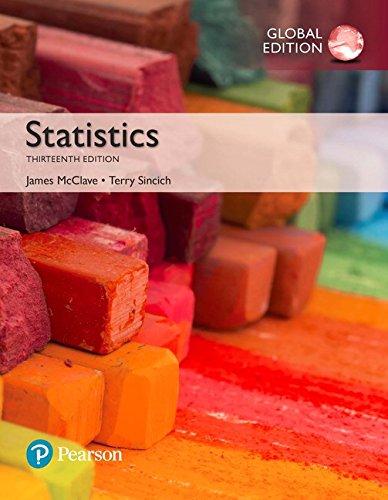Linking dementia and leisure activities. Does participation in leisure activities in your youth reduce the risk of
Question:
Linking dementia and leisure activities. Does participation in leisure activities in your youth reduce the risk of Alzheimer’s disease and other forms of dementia? To answer this question, a group of university researchers studied a sample of 107 same-sex Swedish pairs of twins
(Journal of Gerontology: Psychological Sciences and Social Sciences, Sept. 2003). Each pair of twins was discordant for dementia; that is, one member of each pair was diagnosed with Alzheimer’s disease while the other member (the control) was nondemented for at least five LO5 years after the sibling’s onset of dementia. The level of overall leisure activity (measured on an 80-point scale, where higher values indicate higher levels of leisure activity) of each twin of each pair 20 years prior to the onset of dementia was obtained from the Swedish Twin Registry database. The leisure activity scores (simulated on the basis of summary information presented in the journal article) are saved in the DEMENT file. The first five and last five observations are shown in the following table.
Pair Control Demented 1 27 13 2 57 57 3 23 31 4 39 46 5 37 37 f f f 103 22 14 104 32 23 105 33 29 106 36 37 107 24 1
a. Explain why the data should be analyzed as a paired difference experiment.
b. Conduct the appropriate analysis, using a = .05. Make an inference about which member of the pair, the demented or control (nondemented) twin, had the largest average level of leisure activity.
Step by Step Answer:






